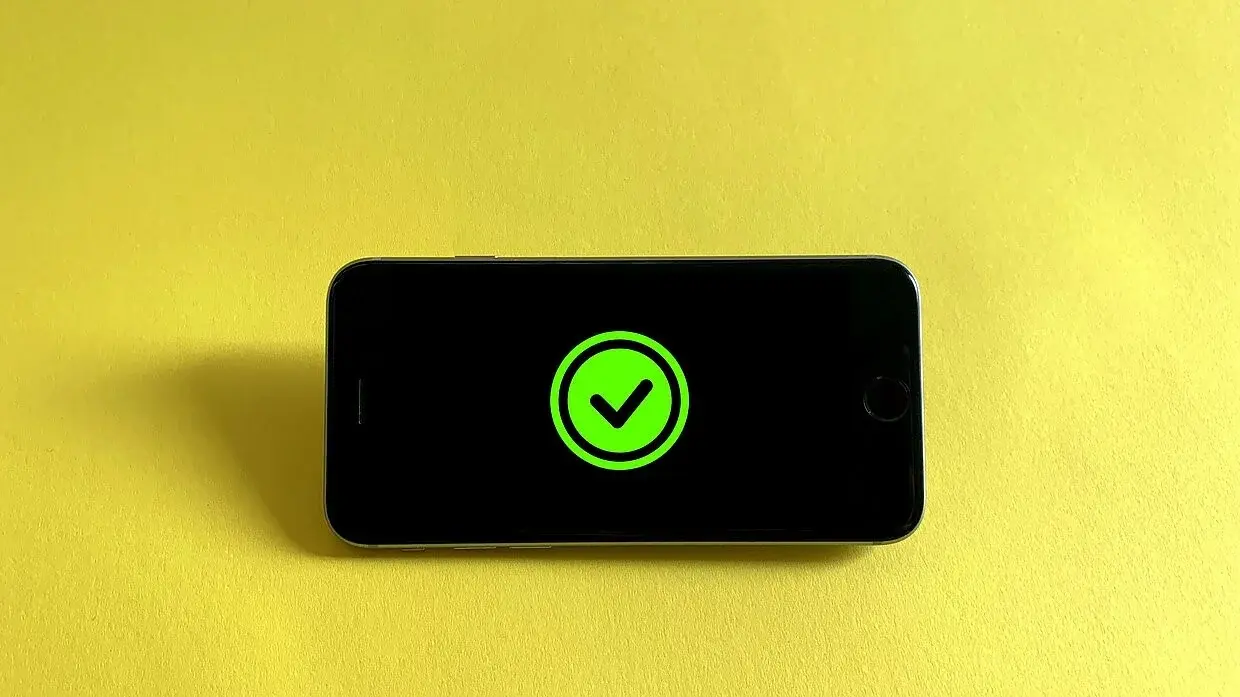
13 January 2021

The internet has become ubiquitous in our everyday lives. If misused, this technology can represent a danger affecting users as they go about their day-to-day business; it is therefore vital to take protective measures. There are many potential risks and these may take the shape of viruses, online fraud, hacking of accounts or breaches of privacy. To raise awareness of these threats, Safer Internet Day was launched globally. In this article, you can find out more about Safer Internet Day and what best practices you should follow to browse the web with peace of mind.
By definition, cyberbullying and online harassment are types of bullying and harassment that occur online, in particular on social networks, instant messaging services, or online forums. This can take many shapes, including sending abusive or insulting messages, sharing inappropriate content, or hacking accounts with the aim of distributing private information.
Cyberbullying can have serious consequences for victims, such as stress, anxiety, and, as a consequence, depression. Online intimidation can affect performance at school or at work for victims. In the most serious cases, victims may contemplate taking their own lives to escape harassment. According to a study carried out by the World Health Organization, around one in three young people are the victim of online bullying or harassment worldwide. However, it is difficult to measure the exact scale of online bullying and harassment because many cases go unreported.
The European Commission organizes the Safer Internet Day to promote safer and more responsible uses of the internet. This initiative has been implemented in 31 countries since 2008 on the second Tuesday of February, every year, and aims to provide children and young adults with information about using digital technologies. Safer Internet Day is part of a European program called Better Internet For Kids, which draws on two networks:
This year, Safer Internet Day is scheduled for February 7, 2023. The aim is to raise awareness among young people of potential online risks and to provide them with the tools to use the internet safely. The day also encourages software and technology developers to take into account their users’ security and privacy at the design stage for their products.
As part of this year’s Safer Internet Day, the European Commission is deploying several public initiatives:
Ever since it was created, the internet has attracted cybercriminals. It is important to understand that the Internet is not a risky environment in itself, but our uses can put us in danger.
But what are these dangers?
So what can be done to stay safe online? The following is our advice, things to look out for and tips to follow in your everyday life.
Sharing personal information or photos on social networks such as Facebook, Snapchat, Tik Tok or Instagram is risky online behavior. It is important to understand that pictures posted online can be accessed by malicious users.
Thanks to artificial intelligence, a range of opportunities have emerged for cybercriminals. You can now “steal someone’s face” in the shape of a photo or a video created using artificial intelligence algorithms. There is even software that can generate faces of people who do not exist, for example, https://thispersondoesnotexist.com/. When you are communicating with someone you do not know, be cautious and do not share any information that could be used for malicious purposes. So-called “Romance Scams” are increasing online. Exercise caution.
When you are online, you must choose strong, unique passwords for all your user accounts. The password must contain at least eight characters, including one lowercase letter, one uppercase letter, a special character and a number. It should be difficult to guess, so don’t use personal information such as your children’s first names, their date of birth or your postcode.
Use confidentiality settings online, particularly on social networks, to control what you are sharing online.
Be careful about suspicious links and do not download files from unknown or dubious sources.
Install security software on your device (laptop, mobile phone) to protect your personal data from viruses and malware.
Finally, there are tools that let you monitor your digital footprint while checking that your image is not being used for malicious purposes:
In conclusion, digital hygiene has become vital for a new generation for whom digital technologies are an integral part of everyday life. Raising awareness of risks among young users is vital to keeping them safe. By taking part in the Safer Internet Day on February 7, everyone can contribute to promoting safer and more responsible online behaviors.